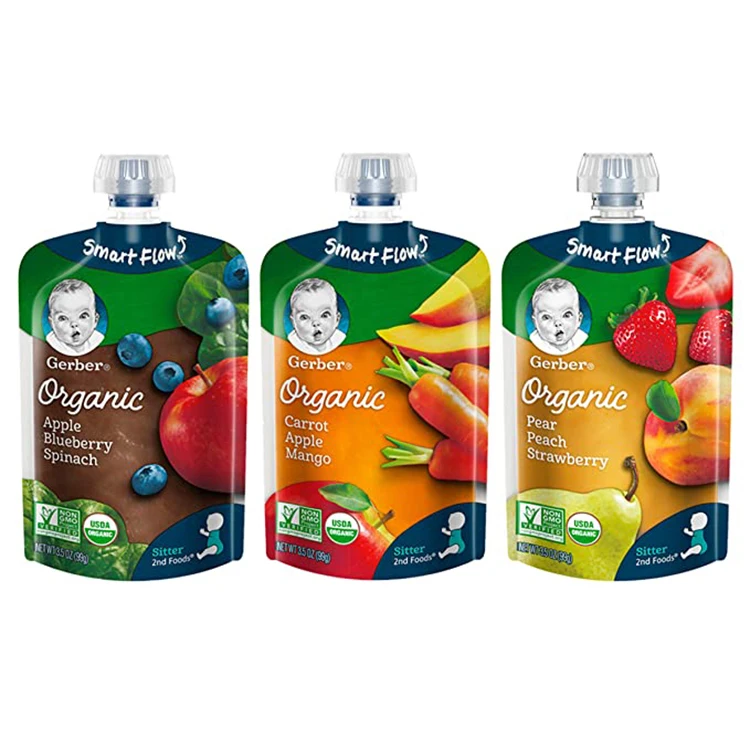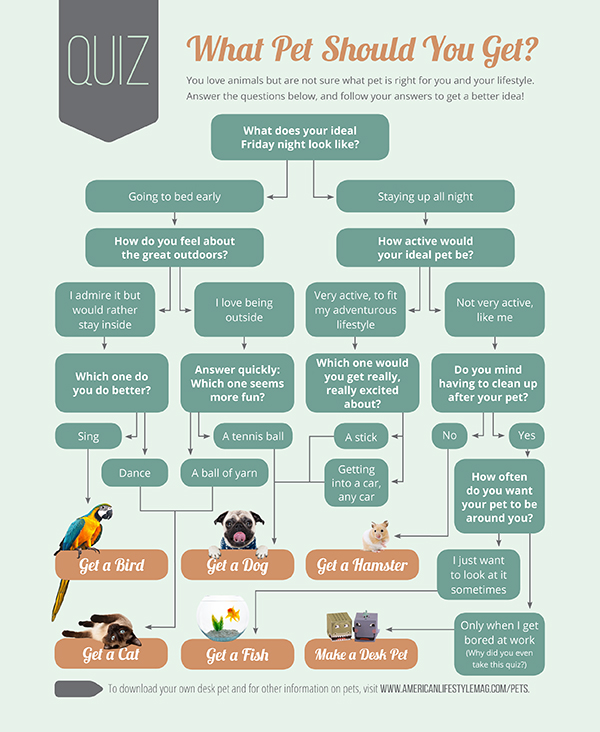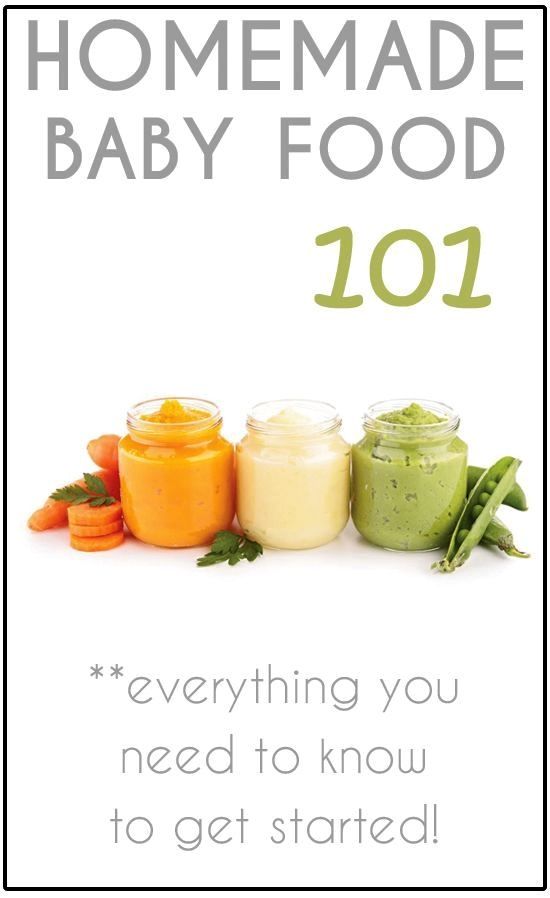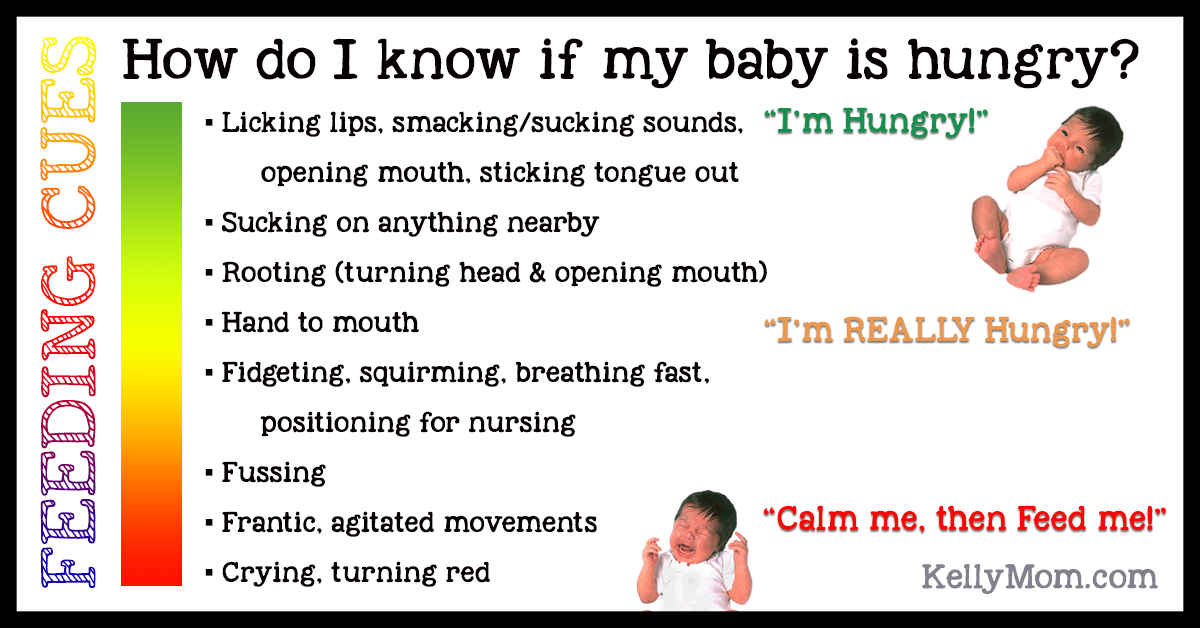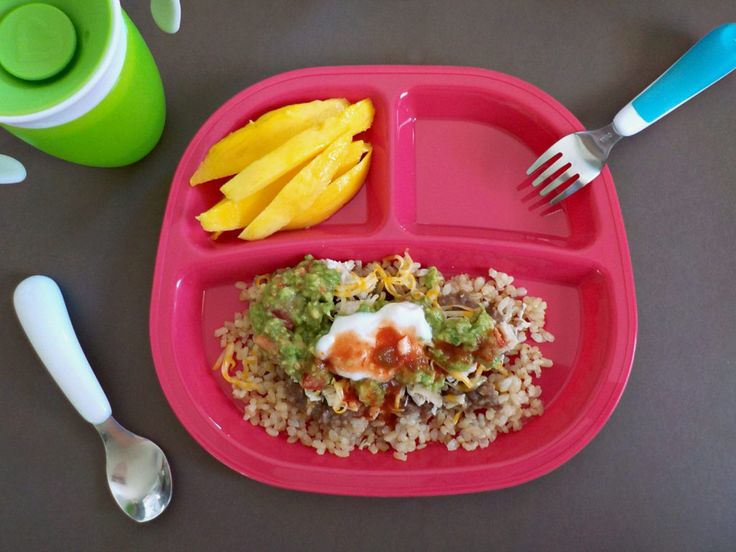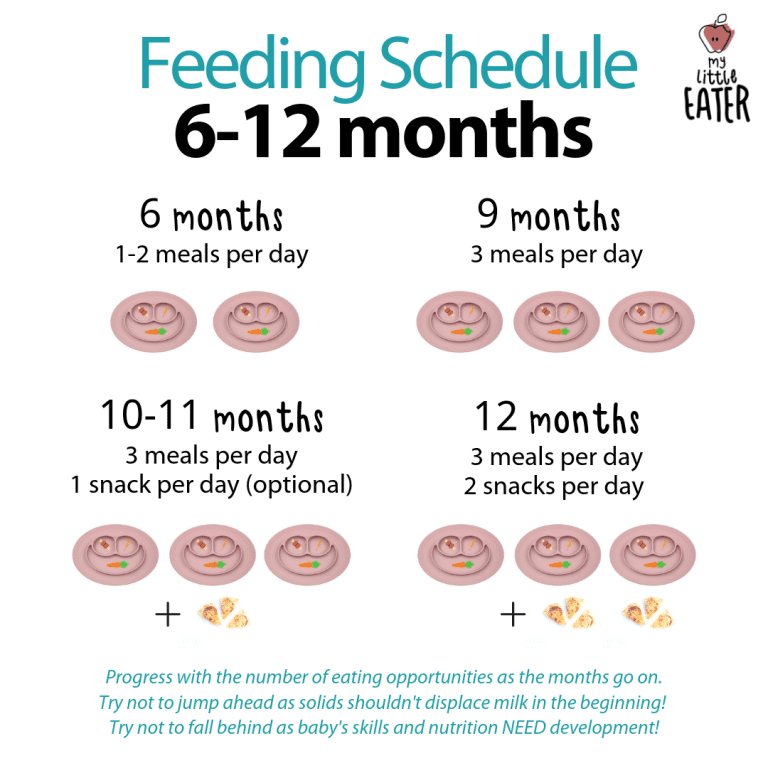How much food do you give a baby for the first time
Baby's first foods: How to introduce solids to your baby
Babies are typically ready to start solids between 4 and 6 months, as long as they're showing signs of readiness, such as being able to sit upright with good head control. Talk to your baby's doctor about which foods to introduce first, particularly if you're concerned about a risk for an allergy. In general, infant cereal and pureed, one-ingredient veggies, fruits, and meats are great first foods. Try spoon-feeding or baby-led weaning, and keep up the breast milk or formula until your baby's first birthday.
When do babies start eating baby food?
It depends. As long as your baby shows signs of readiness, your pediatrician will probably give you the go-ahead to start baby food (also called solid food or solids) any time between 4 and 6 months.
Until then, breast milk or formula provides all the calories and nourishment your baby needs. Infants don't yet have the physical skills to swallow solid foods safely, and their digestive system isn't ready for solids until they're at least 4 months old.
The American Academy of Pediatrics (AAP) and World Health Organization (WHO) recommend breastfeeding exclusively for the first six months of your baby's life and introducing solids at 6 months old. The AAP advises breastfeeding until age 1 – and longer if you and your baby want to.
Signs your baby is ready for solids
Your baby will give you clear signs when they're ready. Look for:
- Head control. Your baby needs to be able to keep their head in a steady, upright position.
- Sitting well when supported. Your baby needs to be able to sit upright in a baby seat or highchair to swallow well.
- Losing the "extrusion reflex." Your baby's mouth and tongue develop in sync with their digestive system. To start solids, they should be able to move food to the back of their mouth and swallow it, instead of using their tongue to push food out of their mouth.
- Curiosity about food. Your baby may start showing interest in what you're eating, reaching for your food or even opening their mouth if you offer them a spoonful.
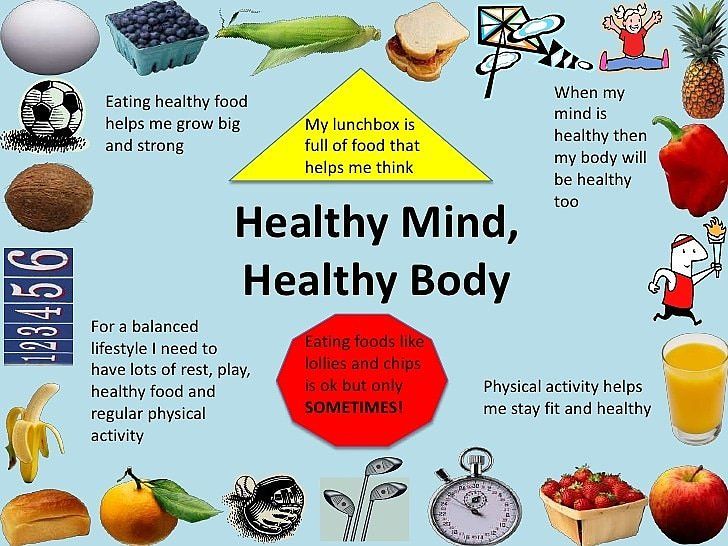
Starting solids by 6 months old is important for your baby's oral motor development (the use of their lips, tongue, jaw, teeth, and hard and soft palates). Also, solid foods can provide specific nutrients your baby needs, such as iron and zinc. (These are especially important if your baby has been exclusively breastfed.)
What are the best first baby foods?
Start your baby with any pureed, single-ingredient food. Although it used to be standard for parents to give rice cereal as a first food, that's not necessary. In fact, pediatricians often don't recommend baby rice cereal since it can contain inorganic arsenic, and it's not as nutritious as some other first foods.
Good first baby foods include
- pureed squash
- applesauce
- mashed bananas
- mashed avocado
- pureed peaches
- pureed pears
- pureed meats
- whole-grain, iron-enriched baby cereal such as oatmeal
Advertisement | page continues below
If your baby is breastfed, the AAP suggests meat as a first food because the iron in beef, chicken, and turkey helps to replace iron stores, which start to diminish at about 6 months of age.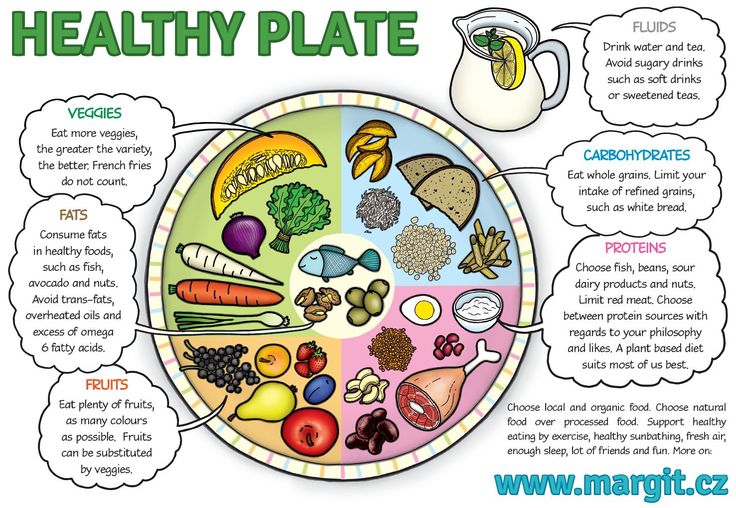
How to introduce solids to your baby
The traditional way to start solids is by spoon-feeding your baby cereal or purees, but some parents use a different method called baby-led weaning. Using this method, you put chunks of soft, developmentally appropriate food on the highchair tray or table and let your baby grab the food and feed themself.
Here's how to start spoon-feeding your baby:
For your first few feedings, start with just 1 or 2 teaspoons of pureed solid food or baby cereal about an hour after nursing or bottle-feeding (so your baby isn't too hungry or full).
Use a soft-tipped plastic spoon to feed your baby to avoid injuring their gums. Put a small amount of food on the tip of the spoon and offer it to them. If your baby doesn't seem very interested, just let them smell the food for now and try again another time.
If you're feeding your baby ready-to-eat jars or pouches of baby food, put some into a small dish and feed them from that. (If you dip the feeding spoon into the jar, it's not a good idea to save the leftovers because bacteria from your baby's mouth will now be in the jar. ) Store leftovers in the fridge and throw away any opened baby food jars or pouches within a day or two of opening them.
) Store leftovers in the fridge and throw away any opened baby food jars or pouches within a day or two of opening them.
If you decide to start with cereal, give your baby 1 to 2 teaspoons of diluted infant cereal. Add breast milk or formula to a tiny pinch of cereal. It will be very runny at first, but as your baby starts to eat more solid foods, you can gradually thicken the consistency by using less liquid.
Begin with one daily feeding in the morning whenever your baby isn't too tired, hungry, or cranky. Your baby may not eat much at first, but give them time to get used to the experience. Don't be surprised if your baby is confused or rejects solid food at first. Some babies need practice keeping food in their mouths and swallowing.
Eventually you can start giving your baby more solid food until they're having a few tablespoons a day, over two feedings. In general, your baby could start with pureed or semi-liquid food, then move on to strained or mashed food, and finally graduate to small pieces of finger foods.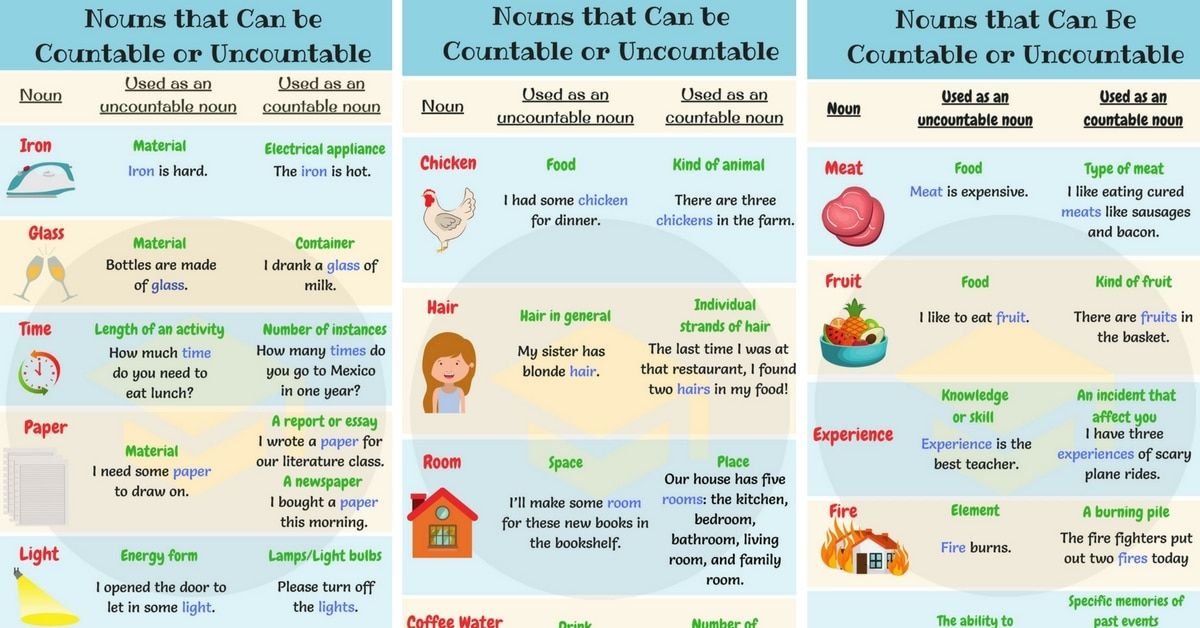
Signs that your baby is full
Your baby's appetite will vary from one feeding to the next, so a strict accounting of how much they've eaten isn't a reliable way to tell when they've had enough. Look for these signs that your baby's probably done:
- They lean back in their chair
- They turn their head away from food
- They start playing with the spoon
- They refuse to open up for the next bite (Sometimes a baby will keep their mouth closed because they haven't finished the first mouthful, so give them time to swallow.)
Food allergies and introducing solids
Experts recommend that you introduce one food at a time to your baby, and wait 3 to 5 days before introducing another food, so you can watch for any allergic reactions. It's also a good idea to write down the foods your baby samples. If they have an adverse reaction, a food log will make it easier to pinpoint the cause.
You don't have to hold off on giving allergenic foods such as eggs, peanut butter, or soy. There's no evidence that waiting to introduce certain foods will help your baby avoid allergies. In fact, there's evidence that the opposite is true.
There's no evidence that waiting to introduce certain foods will help your baby avoid allergies. In fact, there's evidence that the opposite is true.
According to the American Academy of Allergy Asthma and Immunology (AAAAI), incorporating commonly allergenic foods into your baby's diet starting at around 4 to 6 months (and continuing through childhood) may actually help prevent the development of food allergies.
Start with traditional first foods, such as iron-fortified infant cereal, pureed veggies, fruits, and meats. Once you've tried a few of these foods and your baby seems to be tolerating them well, you can introduce more commonly allergenic foods, such as soy, eggs, wheat, fish, and peanut products.
Food manufacturers have products on the market designed to help you incorporate commonly allergenic foods into your child's diet. These stir-in powders and finger foods may contain one commonly allergenic protein or a blend of several.
Special precautions need to be taken with certain babies. If your child falls into any of the following categories, consult with your baby's doctor or an allergist to create a customized feeding plan before adding solids to your baby's diet:
If your child falls into any of the following categories, consult with your baby's doctor or an allergist to create a customized feeding plan before adding solids to your baby's diet:
- Your baby has a sibling with a peanut allergy.
- Your baby has moderate to severe eczema despite following a doctor's treatment plan.
- Your baby previously had an immediate allergic reaction to a new food or has been diagnosed with a food allergy.
If your baby is allergic to a new food, you'll see signs of a reaction within a few minutes or hours. Most children with food allergies have mild reactions. If you notice a few hives, a new rash, or diarrhea, call your baby's doctor for advice.
If you notice wheezing, difficulty breathing, vomiting, facial swelling (including the tongue and lips), or more than two body systems affected (such as hives and vomiting), your baby may be having a life-threatening reaction called anaphylaxis. Call 911 or your local emergency number immediately.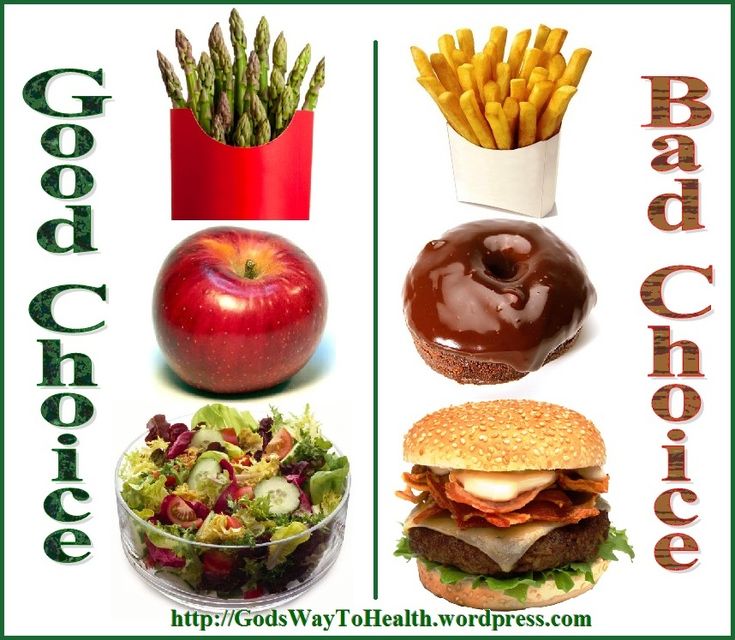
Baby food feeding tips
- Offer fruits or vegetables in any order. Some parents may tell you to start with vegetables instead of fruits so your infant won't develop a taste for sweets. But babies are born with a preference for sweets, so you don't have to worry about introducing sweet or savory foods in any particular order.
- Feed cereal with a spoon only. Unless your baby's doctor asks you to, don't add cereal to a bottle – your baby could choke or end up gaining too much weight.
- Encourage adventurous eating. You don't have to stick with bland and boring. See how to make your own baby food and use spices and seasonings to create delicious baby food flavors.
- Give new foods time. If your baby turns away from a particular food, don't push. Try again in a few days.
- Check for added sugars and too much salt. Check the Nutrition Facts label on canned, frozen, or packaged foods for "Added Sugars.
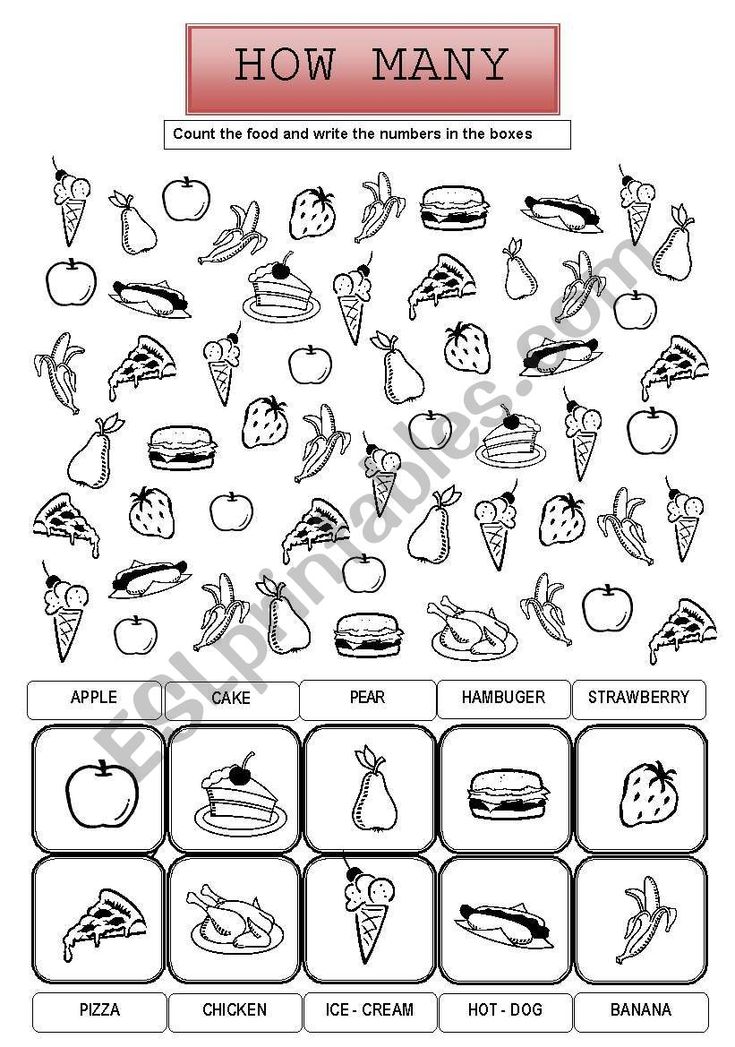 " If there's 1 gram or more listed, give your baby something else. Also look at sodium amounts. Babies shouldn't have no more than 1,200 mg of sodium per day.
" If there's 1 gram or more listed, give your baby something else. Also look at sodium amounts. Babies shouldn't have no more than 1,200 mg of sodium per day. - Avoid unsafe foods. Don't give your baby foods that could cause choking, such as whole grapes or popcorn. Babies under 1 can't have honey, cow's milk, or soy milk. Also, unpasteurized juices and undercooked fish, meat, eggs, or poultry could be a source of bacteria.
- Watch for constipation. Your baby's poop sometimes changes when their diet does. Although it's usually temporary, your baby may have constipation after you introduce solids. If you notice that your baby is having less frequent bowel movements, or that their stools have become hard or dry and seem difficult to pass, let their doctor know. Some doctors recommend adding high-fiber fruits such as pears, prunes, and peaches to a baby's diet, or giving a few ounces of prune, apple, or pear juice every day until bowel movements are back to normal.

Also, don't be surprised if your baby's poop changes color and odor when you add solids to their diet. If your baby has been exclusively breastfed up to this point, you'll probably notice a strong odor to their formerly mild-smelling stools as soon as they start eating even tiny amounts of solids. This is normal.
If your baby shies away from new foods, here are a few things you can try:
- Test a range of textures. If your baby doesn't like pear puree, try giving them pieces of very ripe pear instead.
- In a similar vein, try different cooking methods. If your baby doesn't like steamed veggies, try giving them roasted vegetables.
- Serve food at different temperatures. Some babies prefer broccoli cold rather than warm, for example.
- Combine the new food with a familiar favorite. If your baby rejects a new food on its own, mix it in with something you know they like.
- Add a dipping sauce! Try shredded chicken with applesauce, yogurt with baked apple slices, or hummus with well-cooked pieces of carrot.

- Above all, be patient. Sometimes it takes a while for a baby to get used to new flavors and textures, so keep trying and eventually they'll accept the new food.
How many times a day should my baby eat solids?
At first your baby will eat solid food just once a day. By around 6 to 7 months, two meals a day is the norm. Starting around 8 to 9 months, they may be eating solid food three times a day plus a snack. A typical day's diet at 8 months might include a combination of:
- Breast milk or iron-fortified formula
- Iron-fortified cereal
- Vegetables
- Fruit
- Small amounts of protein, such as eggs, cheese, yogurt, poultry, lentils, tofu, and meat
- High-allergy foods, if appropriate
See our age-by-age baby feeding guide for more detail on how much to feed your baby and when.
How much breast milk or formula does my baby need after we introduce solids?
Even after your baby starts solids, breast milk or formula will provide the majority of their calories and nutrition until they're 9 months to 1 year old. Breast milk and formula contain important vitamins, iron, and protein in a form that's easy to digest.
Breast milk and formula contain important vitamins, iron, and protein in a form that's easy to digest.
You may notice that as your baby starts to eat more solid foods (around 9 months old), they'll gradually decrease their intake of formula or breast milk. This is normal. Over time, your baby will take fewer bottles with more ounces in each.
Here's how much breast milk or formula babies need after starting solids:
- 4 to 6 months old: 4 to 6 feedings a day (breastfeeding, or bottles with 4 to 6 ounces)
- 6 to 8 months old: 3 to 5 feedings a day (breastfeeding, or bottles with 6 to 8 ounces)
- 8 to 12 months old: 3 to 4 feedings a day (breastfeeding, or bottles with 7 to 8 ounces)
What equipment do I need to introduce solids?
It's helpful to have:
- A highchair
- Baby bowls and plates
- Baby spoons
- Bibs
- A splat mat on the floor
You may also want to introduce your baby to a sippy cup soon after you start solids.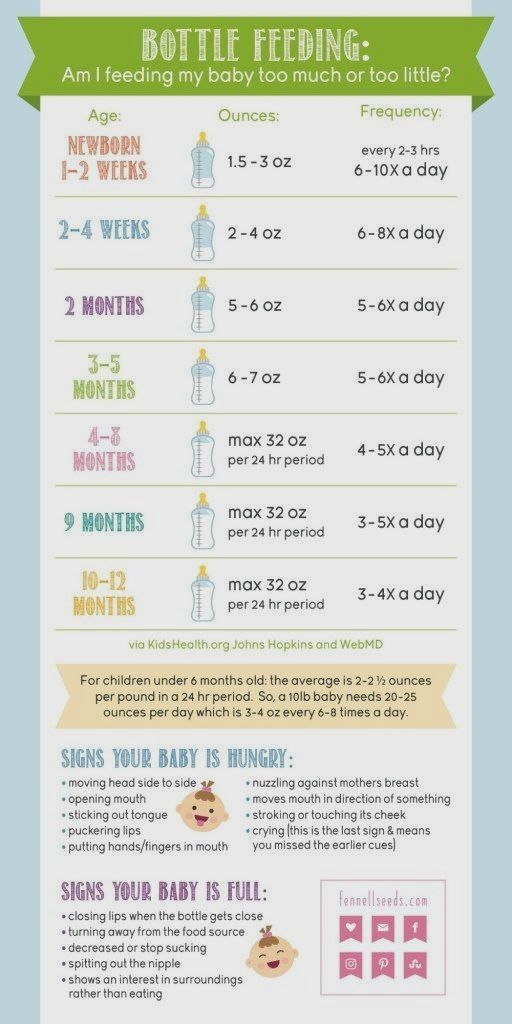
If you're making your own baby food, you'll need:
- A tool to puree the food, like a blender, food processor, or baby food maker
Storage containers for refrigerating and freezing extra portions (Some parents use ice cube trays – or similar devices made just for baby food – to store and freeze individual portions.)
Feeding Your 4- to 7-Month-Old (for Parents)
Most babies this age are ready to try solid foods. Experts recommend starting solid foods when a baby is about 6 months old, depending on the baby's readiness and nutritional needs.
Be sure to check with your doctor before giving any solid foods.
Is My Baby Ready to Eat Solid Foods?
How can you tell if your baby is ready for solids? Here are a few hints:
- Does your baby swallow food or push it out of their mouth? Babies have a natural tongue-thrust reflex that pushes food back out. Wait until this reflex disappears (typically when babies are 4–6 months old).
- Can your baby support their own head? To eat solid food, an infant needs good head and neck control and should be able to sit up.

- Is your baby interested in food? Babies who stare, reach and grab, and open their mouths for food are ready to try solid foods.
If your doctor gives the go-ahead but your baby seems frustrated or uninterested in solid foods, try waiting a few days before trying again. Breast milk and formula will still meet nutritional needs as your baby learns to eat solid foods. But after 6 months, babies need the added nutrition — like iron and zinc — that solid foods provide.
Do not add cereal or other food to your baby's bottle because it can lead to too much weight gain.
Watch for signs that your child is hungry or full. Respond to these cues and let your child stop when full. A child who is full may suck with less enthusiasm, stop, or turn away from the breast or the bottle. With solid foods, they may turn away, refuse to open their mouth, or spit the food out.
How Should I Start Feeding My Baby Solid Foods?
When your baby is ready and the doctor says it’s OK to try solid foods, pick a time of day when your baby is not tired or cranky. You want your baby to be a little hungry, but not so hungry that they’re upset. So you might want to give your baby a little breast milk or formula first.
You want your baby to be a little hungry, but not so hungry that they’re upset. So you might want to give your baby a little breast milk or formula first.
Have your baby sit supported in your lap or in a high chair with a safety strap.
Most babies' first food is iron-fortified infant single-grain cereal mixed with breast milk or formula. Place the spoon near your baby's lips, and let the baby smell and taste it. Don't be surprised if this first spoonful is rejected. Wait a minute and try again. Most food offered to your baby at this age will end up on the baby's chin, bib, or high-chair tray. Again, this is just an introduction.
When your little one gets the hang of eating cereal off a spoon, it may be time to try single-ingredient puréed meat, vegetables, or fruit. The order in which you give them doesn't matter, but go slow. Offer foods that are high in iron and zinc — such as meat, poultry, eggs, and beans — especially if your baby is breastfeeding. Try one food at a time and wait several days before trying something else new. This will let you identify any foods that your baby may be allergic to.
This will let you identify any foods that your baby may be allergic to.
Which Foods Should I Avoid?
Foods that are more likely to cause allergies can be among the foods you introduce to your baby. These include peanuts, eggs, cow’s milk, seafood, nuts, wheat, and soy. Waiting to start these foods does not prevent food allergies. Talk to your doctor if you’re concerned about food allergies, especially if any close family members have allergies, food allergies, or allergy-related conditions, like eczema or asthma.
Infants with severe eczema or egg allergies are more likely to have allergies to peanuts. Talk to your doctor about how and when to introduce these foods to your child.
Possible signs of food allergy or allergic reactions include:
- rash
- bloating or an increase in gassiness
- diarrhea
- vomiting
Get medical care right away if your baby has a more severe allergic reaction, like hives, drooling, wheezing, or trouble breathing.
If your child has any type of reaction to a food, don't offer that food again until you talk with your doctor.
Babies shouldn't have:
- foods with added sugars and no-calorie sweeteners
- high-sodium foods
- honey, until after the first birthday. It can cause botulism in babies.
- unpasteurized juice, milk, yogurt, or cheese
- regular cow's milk or soy beverages before 12 months instead of breast milk or formula. It’s OK to offer pasteurized yogurt and cheese.
- foods that may cause choking, such as hot dogs, raw carrots, grapes, popcorn, and nuts
Tips for Feeding Your Baby Solid Foods
With the hectic pace of family life, most parents try commercially prepared baby foods at first. They come in small, convenient containers, and manufacturers must meet strict safety and nutrition guidelines.
If you prepare your own baby foods at home, here are some things to keep in mind:
- Follow the rules for food safety, including washing your hands well and often.

- To preserve the nutrients in your baby's food, cook it in ways that keep the most vitamins and minerals. Try steaming or baking fruits and vegetables instead of boiling, which washes away the nutrients.
- Freeze portions that you aren't going to use right away.
- Whether you buy the baby food or make it yourself, texture and consistency are important. At first, babies should have finely puréed single-ingredient foods. (Just applesauce, for example, not apples and pears mixed together.)
- After your baby is eating individual foods, it's OK to offer a puréed mix of two foods. As babies get older, they will learn to eat a greater variety of tastes and textures.
- If you use prepared baby food in jars, spoon some of the food into a bowl to feed your baby. Do not feed your baby right from the jar — bacteria from the baby's mouth can contaminate the remaining food. If you refrigerate opened jars of baby food, it's best to throw away anything not eaten within a day or two.

- Around 6 months of age is a good time for your baby to try a cup. You might need to try a few cups to find one that works for your child. Use water at first to avoid messy clean-ups. Do not give juice to infants younger than 12 months.
Over the next few months, introduce a variety of foods from all the food groups. If your baby doesn't seem to like something, don’t give up. It can take 8 to 10 tries or more before babies learn to like new foods.
Union of Pediatricians of Russia
Nutrition for children from 1 to 3 years of age
The period from 1 to 3 years of life is a crucial stage in the transition to an adult type of nutrition, which has certain features. In order to ensure that all the necessary nutrients enter the child's body and at the same time prevent an excess of individual nutrients, nutrition should be balanced and varied. nine0003
The daily amount of food for children aged 1 to 1.5 years should be 1000-1200 g, from 1. 5 to 3 years - 1200-1500 g, the amount of food in one feeding should not exceed 300-350 ml. The diet consists of three main meals per day and two snacks. It is considered optimal when breakfast is 25% of the total energy density of the diet, lunch is 30–35%, dinner is 20%, and additional meals are about 10%. In general, the child can eat the same food as the rest of the family. nine0003
5 to 3 years - 1200-1500 g, the amount of food in one feeding should not exceed 300-350 ml. The diet consists of three main meals per day and two snacks. It is considered optimal when breakfast is 25% of the total energy density of the diet, lunch is 30–35%, dinner is 20%, and additional meals are about 10%. In general, the child can eat the same food as the rest of the family. nine0003
In the diet of a child of 1–3 years of age , must be present daily: meat of animals or poultry, dairy and sour-milk products, vegetables, fruits, bread, cereals, vegetable and butter; fish and eggs are included in the diet 2-3 times a week.
Cereal products: bread - 2-3 servings per day, cereals and side dishes - 1 time per day
Fruit and/or vegetables: at least 5 times a day
Dairy products: at least 3 servings per day (including those used to make porridge, yogurt, fermented milk drinks, cottage cheese, infant formula or breast milk). nine0003
Domestic pediatricians recommend, when compiling a diet for children aged 1–3 years, preference should be given to specialized children's dairy products of industrial production that meet high quality requirements and safety indicators for this age. Most children's dairy products are additionally enriched with vitamins and/or minerals and other biologically active components, taking into account the physiological needs of children of this age. At the same time, in foreign recommendations, children over 1 year old are offered the gradual introduction of whole cow's milk, which is rich in fats necessary for proper growth and development, the absorption of vitamins A and D, the development of the child's brain and nervous system. nine0003
Most children's dairy products are additionally enriched with vitamins and/or minerals and other biologically active components, taking into account the physiological needs of children of this age. At the same time, in foreign recommendations, children over 1 year old are offered the gradual introduction of whole cow's milk, which is rich in fats necessary for proper growth and development, the absorption of vitamins A and D, the development of the child's brain and nervous system. nine0003
Meat dishes: 2-3 times a day
Fish dishes: 2-3 servings per week
Eggs: 2-3 per week
Dietary fats: 3-4 teaspoons of butter and/or vegetable oils per day
When cooking, use the minimum amount of salt and sugar, and do not add them to industrial products.
Offer your child a variety of foods and let them choose for themselves. Children love to eat on their own, so if possible, offer food that the child can eat with their hands. nine0003
It is important to remember that a baby can choke on pieces of food, so whatever you give your baby should be crushed or cut into small pieces that can be easily chewed.
Do not give to a small child: nuts, whole grapes, cherry tomatoes (unless quartered), whole carrots, seeds (such as pumpkin or sunflower seeds), round candies, legumes, raisins, because a child can eat them choke.
Also in the diet of children of the first 3 years of life should not be present:
Mushrooms; canned snacks, pickled vegetables and fruits
Home canned food
Dry concentrates for side dishes
Hot sauces, mustard, horseradish, pepper, vinegar, mayonnaise
Natural coffee
Juices and drinks in the form of dry concentrates; sweet carbonated drinks
Products containing food additives (flavorings, dyes of artificial origin, including chewing gum), popcorn
Combined fats; cakes and pastries
It is important to remember that children of this age should not be given too spicy and spicy foods.
Diet for a 4-6 month old baby
Your baby is already 4 months old. He has noticeably grown up, become more active, is interested in objects that fall into his field of vision, carefully examines and reaches for them. The emotional reactions of the child have become much richer: he joyfully smiles at all the people whom he often sees more and more often, makes various sounds. nine0003
The emotional reactions of the child have become much richer: he joyfully smiles at all the people whom he often sees more and more often, makes various sounds. nine0003
You are still breastfeeding or have had to switch to formula or formula feeding. The child is actively growing, and only with breast milk or infant formula, he can no longer always get all the necessary nutrients. And that means it's time to think about complementary foods.
The optimal time to start its introduction is between 4 and 6 months, regardless of whether the baby is receiving breast milk or formula. This is the time when children respond best to new foods. Up to 4 months, the child is not yet ready to perceive and digest any other food. And with the late introduction of complementary foods - after 6 months, children already have significant deficiencies of individual nutrients and, first of all, micronutrients (minerals, vitamins, long-chain polyunsaturated fatty acids, etc.). In addition, toddlers at this age often refuse new foods, they have delayed development of chewing skills for thick foods, and inadequate eating habits are formed.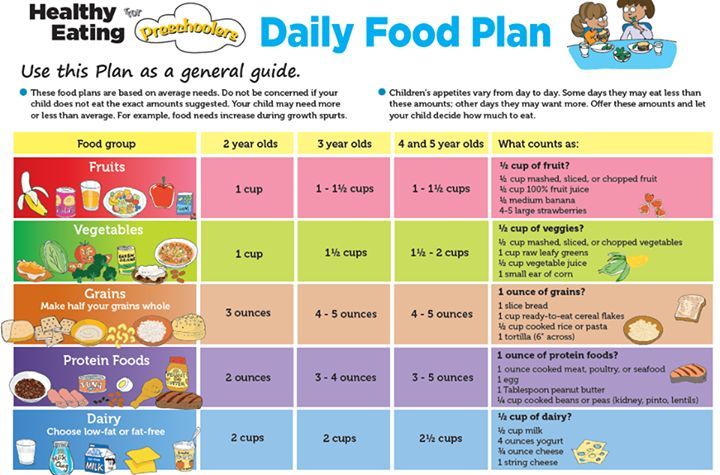 It is important to know that, no matter how strange it may seem at first glance, with a delayed appointment of complementary foods, allergic reactions more often occur on them. nine0003
It is important to know that, no matter how strange it may seem at first glance, with a delayed appointment of complementary foods, allergic reactions more often occur on them. nine0003
When is it advisable to introduce complementary foods as early as 4 months, and when can you wait until 5.5 or even 6 months? To resolve this issue, be sure to consult a pediatrician.
As a rule, at an earlier age (4 - 4.5 months), complementary foods are introduced to children at risk of developing iron deficiency anemia, as well as children with insufficient weight gain and with functional digestive disorders.
The optimal time to start complementary foods for a healthy baby is between 5 and 5.5 months of age. nine0003
The World Health Organization recommends that breastfed babies should be introduced to complementary foods from 6 months of age. From the point of view of domestic pediatricians, which is based on extensive practical experience and scientific research, this is possible only in cases where the child was born on time, without malnutrition (since in these cases the mineral reserves are very small), he is healthy, grows well and develops. In addition, the mother should also be healthy, eat well and use either specialized enriched foods for pregnant and lactating women, or vitamin and mineral complexes in courses. Such restrictions are associated with the depletion of iron stores even in a completely healthy child by 5-5.5 months of age and a significant increase in the risk of anemia in the absence of complementary foods rich or fortified with iron. There are other deficits as well. nine0003
In addition, the mother should also be healthy, eat well and use either specialized enriched foods for pregnant and lactating women, or vitamin and mineral complexes in courses. Such restrictions are associated with the depletion of iron stores even in a completely healthy child by 5-5.5 months of age and a significant increase in the risk of anemia in the absence of complementary foods rich or fortified with iron. There are other deficits as well. nine0003
The first complementary food can be vegetable puree or porridge, fruit puree is better to give the baby later - after tasty sweet fruits, children usually eat vegetable puree and cereals worse, often refuse them altogether.
Where is the best place to start? In cases where the child has a tendency to constipation or he puts on weight too quickly, preference should be given to vegetables. With a high probability of developing anemia, unstable stools and small weight gains - from baby cereals enriched with micronutrients. And if you started introducing complementary foods with cereals, then the second product will be vegetables and vice versa. nine0003
nine0003
If the first complementary food is introduced at 6 months, it must be baby porridge enriched with iron and other minerals and vitamins, the intake of which with breast milk is no longer enough.
Another important complementary food product is mashed meat. It contains iron, which is easily absorbed. And adding meat to vegetables improves the absorption of iron from them. It is advisable to introduce meat puree to a child at the age of 6 months. Only the daily use of children's enriched porridge and meat puree can satisfy the needs of babies in iron, zinc and other micronutrients. nine0003
But it is better to introduce juices later, when the child already receives the main complementary foods - vegetables, cereals, meat and fruits. After all, complementary foods are needed so that the baby receives all the substances necessary for growth and development, and there are very few in their juices, including vitamins and minerals.
Juices should not be given between feedings, but after the child has eaten porridge or vegetables with meat puree, as well as for an afternoon snack. The habit of drinking juice between meals leads to frequent snacking in the future, a love of sweets is instilled, children have more tooth decay and an increased risk of obesity. nine0003
The habit of drinking juice between meals leads to frequent snacking in the future, a love of sweets is instilled, children have more tooth decay and an increased risk of obesity. nine0003
With the start of the introduction of complementary foods, the child is gradually transferred to a 5-time feeding regimen.
Rules for the introduction of complementary foods:
- Preference should be given to children's products of industrial production, they are made from environmentally friendly raw materials, have a guaranteed composition and degree of grinding
- Complementary foods should be offered to the baby by spoon at the start of feeding, before breastfeeding (formula feeding)
- the volume of the product increases gradually, starting with ½ - 1 spoon, and in 7 - 10 days we bring it to the age norm, subsequent products within the same group (cereals from other cereals or new vegetables)
- can be entered faster, in 5 - 7 days
- start introduction with monocomponent products
- it is undesirable to give a new product in the afternoon, it is important to follow how the child reacts to it
- new products are not introduced in the event of acute illnesses, and before and immediately after prophylactic vaccination (should be abstained for several days)
When introducing a new type of complementary food, first try one product, gradually increasing its amount, and then gradually "dilute" this product with a new one. For example, vegetable complementary foods can be started with a teaspoon of zucchini puree. During the week, give the baby only this product, gradually increasing its volume. After a week, add a teaspoon of mashed broccoli or cauliflower to the zucchini puree and continue to increase the total volume every day. Vegetable puree from three types of vegetables will be optimal. The portion should correspond to the age norm. Over time, you can replace the introduced vegetables with others faster. nine0003
For example, vegetable complementary foods can be started with a teaspoon of zucchini puree. During the week, give the baby only this product, gradually increasing its volume. After a week, add a teaspoon of mashed broccoli or cauliflower to the zucchini puree and continue to increase the total volume every day. Vegetable puree from three types of vegetables will be optimal. The portion should correspond to the age norm. Over time, you can replace the introduced vegetables with others faster. nine0003
After the introduction of one vegetable (bringing its volume to the required amount), you can proceed to the intake of porridge, and diversify the vegetable diet later.
If the child did not like the dish, for example, broccoli, do not give up and continue to offer this vegetable in a small amount - 1-2 spoons daily, you can not even once, but 2-3 times before meals, and after 7 - 10, and sometimes 15 days, the baby will get used to the new taste. This diversifies the diet, will help to form the right taste habits in the baby. nine0003
nine0003
Spoon-feeding should be done with patience and care. Forced feeding is unacceptable!
In the diet of healthy children, porridge is usually introduced after vegetables (with the exception of healthy breastfed children, when complementary foods are introduced from 6 months). It is better to start with dairy-free gluten-free cereals - buckwheat, corn, rice. At the same time, it is important to use porridge for baby food of industrial production, which contains a complex of vitamins and minerals. In addition, it is already ready for use, you just need to dilute it with breast milk or the mixture that the baby receives. nine0003
Children suffering from food allergies are introduced complementary foods at 5-5.5 months. The rules for the introduction of products are the same as for healthy children, in all cases it is introduced slowly and begins with hypoallergenic products. Be sure to take into account individual tolerance. The difference is only in the correction of the diet, taking into account the identified allergens. From meat products, preference should first be given to mashed turkey and rabbit.
From meat products, preference should first be given to mashed turkey and rabbit.
Diets for different age periods
Explain how you can make a diet, it is better to use a few examples that will help you navigate in compiling a menu specifically for your child.
From 5 months, the volume of one feeding is on average 200 ml.
Option 1.
If your baby started receiving complementary foods from 4-5 months, then at 6 months his diet should look like this:
| Breast milk or VHI* | 200 ml | |
| II feeding 10 hours | Dairy-free porridge** Supplementation with breast milk or VHI* | 150 g 50 ml |
| III feeding 14 hours | Vegetable puree Meat puree Vegetable oil Supplemental breast milk or VHI* | 150 g 5 - 30 g 1 tsp 30 ml |
| IV feeding 18 hours | Fruit puree Breast milk or VHI* | 60 g 140 ml |
| V feeding 22 hours | Breast milk or VHI* | 200 ml |
* - infant formula
** - diluted with breast milk or VHI
Option 2.
* - infant formula Option 3. : ** - diluted with breast milk Up to 7 months, increase the volume of porridge and vegetable puree to 150 g and introduce fruit puree. I feeding
6 hours Breast milk or VHI* 200 ml II feeding
10 hours Dairy-free porridge**
Fruit puree 150 g
20 g III feeding
14 hours Vegetable puree
Meat puree Vegetable oil
Fruit juice 150 g
5 - 30 g
1 tsp
60 ml IV feeding
18 hours Fruit puree
Breast milk or VHI* 40 g
140 ml V feeding
22 hours Breast milk or VHI* 200 ml
** - diluted with breast milk or VHI 
I feeding
6 hours Breast milk II feeding
10 hours Dairy-free porridge**
Breast milk supplement 100 g III feeding
14 hours Vegetable puree
Meat puree Vegetable oil
Breast milk supplement 100 g
5 - 30 g
1 tsp IV feeding
18 hours Breast milk V feeding
22 hours Breast milk 

